Click on a picture to enlarge it
| Turtles in Movies | ||
| Before the Rain (1994) | ||
| Spoiler Alert ! Some of these pictures and descriptions may give away plot details that you might not want to know before watching the film. |
||
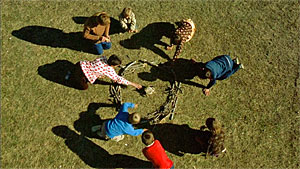 |
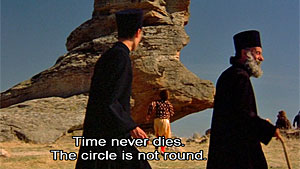 |
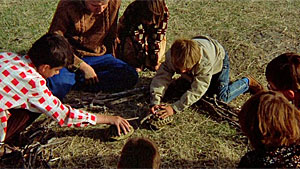 |
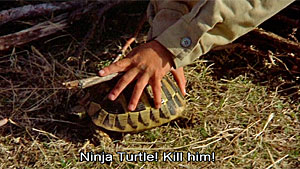 |
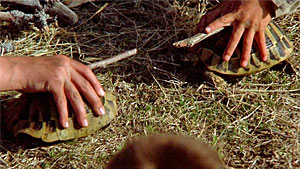 |
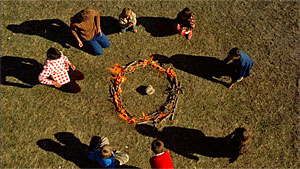 |
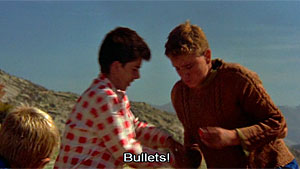 |
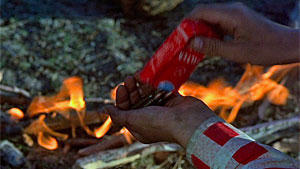 |
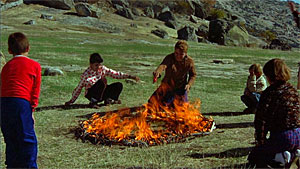 |
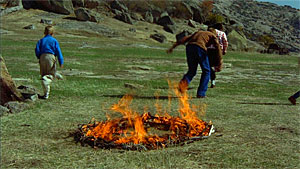 |
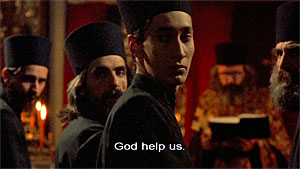 |
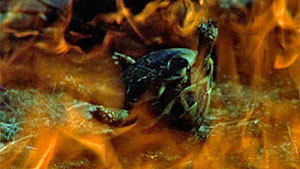 |
This is a Macedonian movie that was nominated for a Best Foreign Language Film Oscar. It deals with ethnic and religious hatred during a war, through the stories of an Orthodox Christian monk, a British photo agent, and a Macedonian war photographer. And it has a scene that uses tortoises in a terrible and violent children's game. The film ends right where it began. Until the end you're not sure of the timeline, then you understand when it comes back to the events at the beginning. Just after the opening credits we see a scene of some children playing with tortoises as if they are Ninja Turtles, pretending that they are fighting each other inside a circle made of sticks of wood. These scenes are intercut with scenes of Orthodox Christian monks at a monastery in Macedonia. An elderly monk tells a young monk "Time never dies. The circle is not round" as they walk by the children. Then we see the children set fire to the ring of wood with a turtle left on its back in the middle. We see monks in a church religious service, then we see a boy pour bullets onto the burning wood and the children all run away as the bullets explode and the fire grows larger. The monks hear the bullets and probably think it's more gunfighting since the Albanian Muslims of the village nearby are at war with the Christian Macedonians. Then we see an overturned tortoise inside the ring of fire, trying to right itself but it's obvious that it is not going to escape the fire alive. This is all a foreshadowing of the terrible and violent events to come in the village and as the film follows one of the characters to London. The tortoises are either Hermann's Tortoise or Spur-thighed Tortoise, both of which are found in Macedonia. They are so similar in appearance that they can't be identified from what we see in the film. |
||